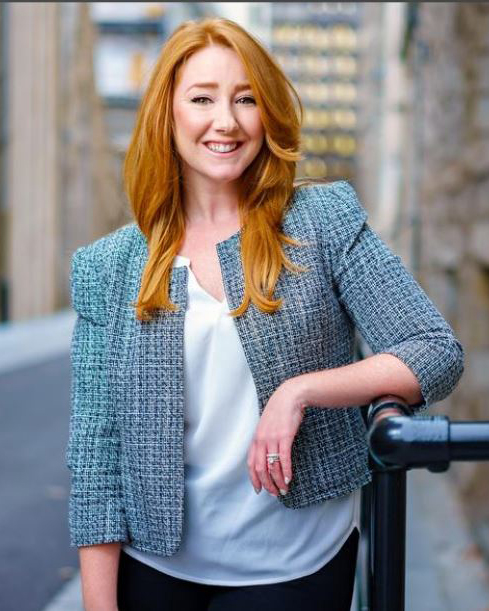
With Domestic Violence Awareness Month drawing to a close, the Center for Public Health Law Research (CPHLR) conducted a Q&A with Deputy Director Lindsay Cloud, JD, PhD(c), an expert in intimate partner violence and public health law, who published research in 2022 in the Journal of Interpersonal Violence. Her scholarship centers on firearm prohibition laws in cases of intimate partner violence. Intimate partner violence (IPV) describes acts of physical violence, sexual violence, stalking, and psychological abuse or aggression by current or former intimate partners in heterosexual or same-sex relationships and does not require sexual intimacy.
We asked Linsday a few questions about her work in relation to Domestic Violence Awareness Month:
Can you describe your research and what you're hoping it adds to our understanding of these laws and policies?
LC: My work focuses on how firearms and IPV intersect. While it's well-established that access to guns significantly increases the risk of intimate partner injury and death, the body of research investigating law as an intervention to address this unique and deadly relationship is nascent. So, my goal is to explore the impact of state laws that regulate firearm access for IPV offenders through civil protection orders on intimate partner violence firearm-related morbidity and mortality in the United States.
In what ways can firearm laws contribute to the safety of people who have been involved in intimate partner violence?
LC: Evidence (see here, here, here, here, and here) supports using law to disarm IPV offenders as a preventative safety measure. Firearm-related morbidity and mortality are concentrated in places with widespread gun ownership and fewer restrictions on firearms. This suggests that evidence-based laws can act as a protective barrier, reducing the risk of IPV-related injury and death. Firearms are regulated through a complex patchwork of legislation (e.g., licensing requirements, waiting periods, universal background checks). Some laws, however, focus specifically on safeguarding IPV.
My focus is on state-level laws that explicitly restrict IPV offenders from purchasing or possessing firearms through two types of civil protection orders: domestic violence restraining orders (DVROs) and temporary restraining orders (TROs). Unlike felonies and misdemeanor crimes of domestic violence orders, which are criminal in nature and brought by the government, DVROs and TROs are most often handled in civil court and initiated by the victims themselves. This makes them a critical tool, as they allow survivors to take direct action in seeking protection from future abuse.
Do you have any policy recommendations to share based on your research?
LC: I’ll highlight three critical recommendations to start.
Every state should establish Domestic Violence Restraining Orders (DVROs) and Temporary Restraining Orders (TROs) that include firearm prohibitions to prevent offenders in intimate partner violence (IPV) cases from purchasing or possessing firearms and ammunition — a protection still absent in some states. Additionally, the legal definition of "intimate partners" should be broadened to include all forms of intimate relationships, covering both current and former dating partners, many of whom remain unprotected under current laws. To enhance victim safety and compliance, DVRO and TRO laws must also enforce the relinquishment or removal of firearms and ammunition from offenders.
What’s next?
LC: I am currently conducting a legal evaluation study as part of my dissertation to assess the impact of these laws over time and across the United States. Understanding the impacts of DVRO and TRO laws over time is critical to drafting and passing evidence-based laws and policies that prevent and reduce harm to victims.
